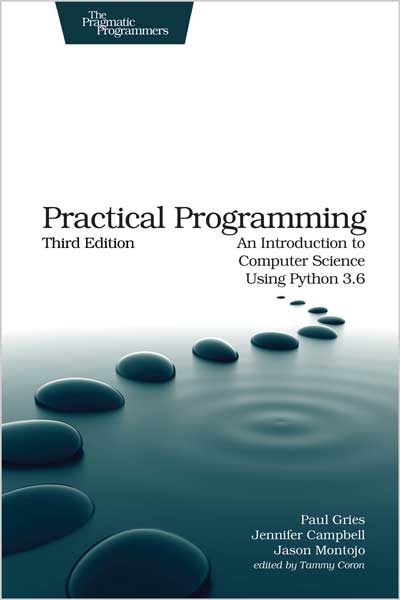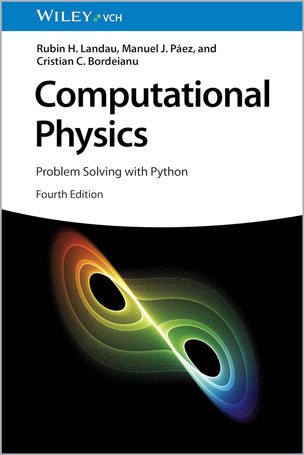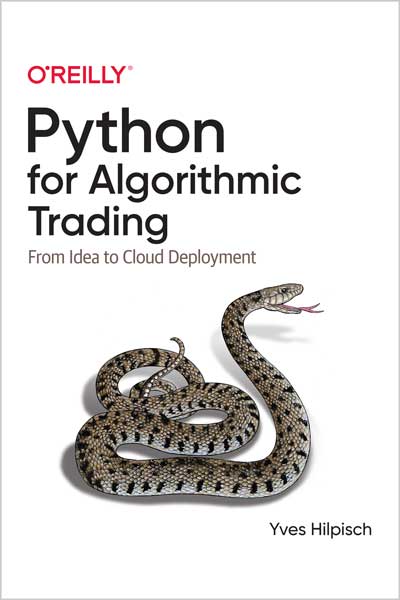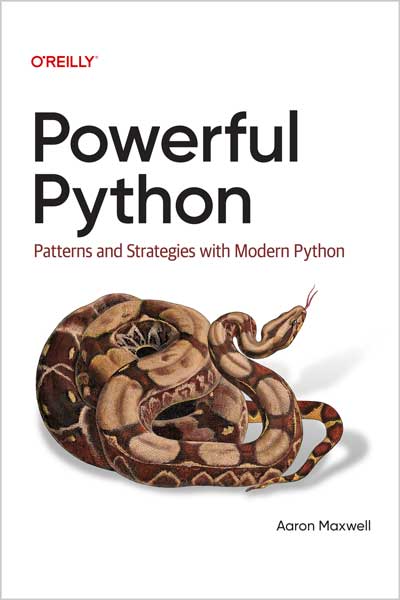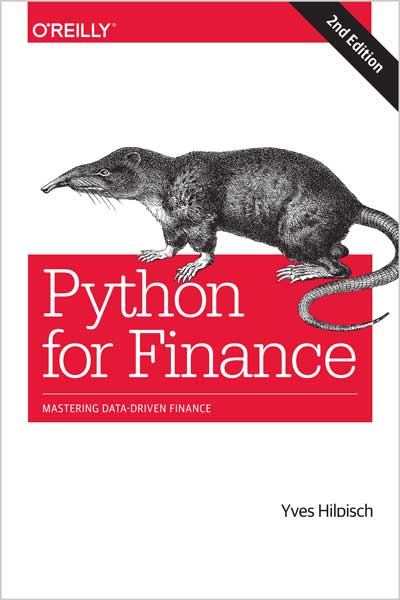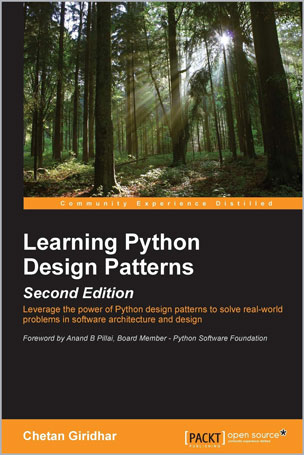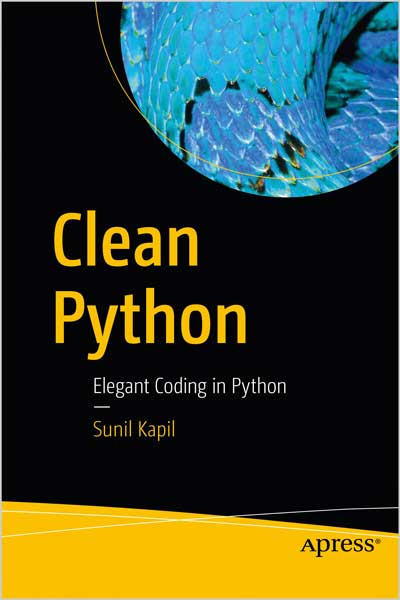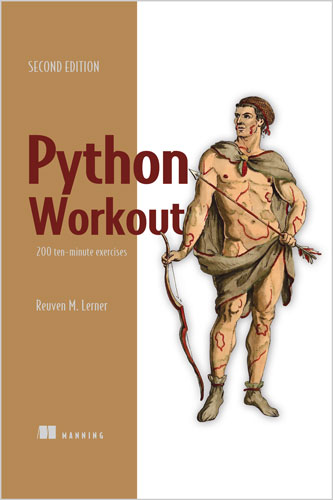Data Wrangling with pandas, NumPy, and JupyterWes McKinney
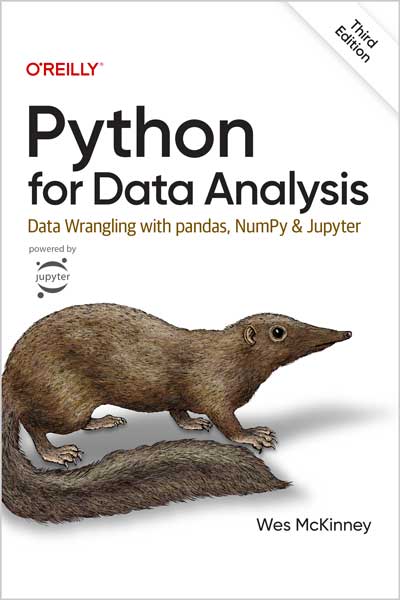
#Python
#Data_Analysis
#IPython
#NumPy
#Jupyter
#Pandas
#data_science
📘 راهنمای جامع پردازش و تحلیل دادهها در پایتون
دریافت راهنمای قطعی برای دستکاری، پردازش، پاکسازی و آنالیز دادهها در پایتون. نسخه سوم این راهنمای عملی، بهروز شده برای Python 3.10 و pandas 1.4، پر از مطالعات موردی عملی است که نشان میدهد چگونه مجموعهای گسترده از مسائل تحلیل داده را بهطور مؤثر حل کنید. در این مسیر، آخرین نسخههای pandas، NumPy و Jupyter را خواهید آموخت.
👨💻 نویسنده کتاب
این کتاب توسط Wes McKinney، خالق پروژه pandas در پایتون، نوشته شده است و یک معرفی عملی و مدرن از ابزارهای دادهکاوی در پایتون ارائه میدهد. این کتاب برای تحلیلگران تازهوارد به پایتون و برنامهنویسان پایتون که تازه به دادهکاوی و محاسبات علمی وارد شدهاند، ایدهآل است. فایلهای داده و مواد مرتبط در GitHub در دسترس هستند.
🖥️ ویژگیهای کلیدی کتاب
- استفاده از Jupyter notebook و IPython shell برای محاسبات اکتشافی
- یادگیری ویژگیهای پایه و پیشرفته NumPy
- شروع کار با ابزارهای تحلیل داده در کتابخانه pandas
- استفاده از ابزارهای منعطف برای بارگذاری، پاکسازی، تبدیل، ادغام و بازسازی دادهها
- ایجاد تصویریسازیهای اطلاعاتی با matplotlib
- بهکارگیری قابلیت groupby در pandas برای برش، تفکیک و خلاصهسازی دادهها
- تحلیل و دستکاری دادههای سری زمانی منظم و نامنظم
- حل مسائل واقعی تحلیل داده با مثالهای دقیق و کامل
📚 فهرست مطالب
فصل 1: مقدمات
فصل 2: مبانی زبان پایتون، IPython و Jupyter Notebooks
فصل 3: ساختارهای داده داخلی، توابع و فایلها
فصل 4: مبانی NumPy: آرایهها و محاسبات برداری
فصل 5: شروع به کار با pandas
فصل 6: بارگذاری دادهها، ذخیرهسازی و فرمتهای فایل
فصل 7: پاکسازی و آمادهسازی دادهها
فصل 8: دستکاری دادهها: پیوستن، ترکیب و بازسازی
فصل 9: نمودارسازی و تصویرسازی
فصل 10: تجمیع داده و عملیات گروهی
فصل 11: سریهای زمانی
فصل 12: معرفی کتابخانههای مدلسازی در پایتون
فصل 13: مثالهای تحلیل داده
🧐 درباره کتاب
این کتاب بر جزئیات دستکاری، پردازش، پاکسازی و آنالیز دادهها با پایتون تمرکز دارد. هدف نویسنده ارائه راهنمایی برای بخشهای زبان پایتون و کتابخانهها و ابزارهای مرتبط با داده است تا شما را به یک تحلیلگر داده مؤثر تبدیل کند. تمرکز کتاب بر برنامهنویسی پایتون برای تحلیل داده است، نه روششناسی تحلیل داده.
⏳ تاریخچه و بهروزرسانیها
کتاب نخست در 2012 منتشر شد، زمانی که کتابخانههای متنباز پایتون برای تحلیل داده، بهویژه pandas، تازه و در حال توسعه بودند. نسخه دوم (2016-2017) برای Python 3.6 و تغییرات گسترده pandas بهروزرسانی شد. نسخه سوم (2022) با هدف هماهنگی با Python 3.10، NumPy و pandas منتشر شد و تلاش شده تا موضوعاتی که ممکن است به سرعت منسوخ شوند، محدود شوند.
👤 درباره نویسنده
Wes McKinney، توسعهدهنده نرمافزار و کارآفرین مستقر در نشویل است. پس از اتمام مدرک ریاضیات در MIT در 2007، در زمینه مالی کمی در AQR Capital Management فعالیت کرد. با تجربه ابزارهای ناکارآمد تحلیل داده، پایتون را آموخت و پروژه pandas را آغاز کرد. او اکنون فعال در جامعه داده پایتون و مدافع استفاده از پایتون در تحلیل داده، مالی و محاسبات آماری است.
فعالیتهای حرفهای دیگر
- همبنیانگذار و مدیرعامل سابق DataPad (خرید توسط Cloudera در 2014)
- مشارکت در پروژههای Apache Arrow و Apache Parquet
- بنیانگذار Ursa Labs (2018)
- همبنیانگذار Voltron Data و مدیر فناوری آن (2021 تا کنون)
Get the definitive handbook for manipulating, processing, cleaning, and crunching datasets in Python. Updated for Python 3.10 and pandas 1.4, the third edition of this hands-on guide is packed with practical case studies that show you how to solve a broad set of data analysis problems effectively. You'll learn the latest versions of pandas, NumPy, and Jupyter in the process.
Written by Wes McKinney, the creator of the Python pandas project, this book is a practical, modern introduction to data science tools in Python. It's ideal for analysts new to Python and for Python programmers new to data science and scientific computing. Data files and related material are available on GitHub.
- Use the Jupyter notebook and IPython shell for exploratory computing
- Learn basic and advanced features in NumPy
- Get started with data analysis tools in the pandas library
- Use flexible tools to load, clean, transform, merge, and reshape data
- Create informative visualizations with matplotlib
- Apply the pandas groupby facility to slice, dice, and summarize datasets
- Analyze and manipulate regular and irregular time series data
- Learn how to solve real-world data analysis problems with thorough, detailed examples
Table of Contents
Chapter 1. Preliminaries
Chapter 2. Python Language Basics, IPython, and Jupyter Notebooks
Chapter 3. Built-In Data Structures, Functions, and Files
Chapter 4. NumPy Basics: Arrays and Vectorized Computation
Chapter 5. Getting Started with pandas
Chapter 6. Data Loading, Storage, and File Formats
Chapter 7. Data Cleaning and Preparation
Chapter 8. Data Wrangling: Join, Combine, and Reshape
Chapter 9. Plotting and Visualization
Chapter 10. Data Aggregation and Group Operations
Chapter 11. Time Series
Chapter 12. Introduction to Modeling Libraries in Python
Chapter 13. Data Analysis Examples
Appendix A. Advanced NumPy
Appendix B. More on the IPython System
About this Book
What Is This Book About?
This book is concerned with the nuts and bolts of manipulating, processing, cleaning, and crunching data in Python. My goal is to offer a guide to the parts of the Python programming language and its data-oriented library ecosystem and tools that will equip you to become an effective data analyst. While “data analysis” is in the title of the book, the focus is specifically on Python programming, libraries, and tools as opposed to data analysis methodology. This is the Python programming you need for data analysis.
Sometime after I originally published this book in 2012, people started using the term data science as an umbrella description for everything from simple descriptive statistics to more advanced statistical analysis and machine learning. The Python open source ecosystem for doing data analysis (or data science) has also expanded significantly since then. There are now many other books which focus specifically on these more advanced methodologies. My hope is that this book serves as adequate preparation to enable you to move on to a more domain-specific resource.
The first edition of this book was published in 2012, during a time when open source data analysis libraries for Python, especially pandas, were very new and developing rapidly. When the time came to write the second edition in 2016 and 2017, I needed to update the book not only for Python 3.6 (the first edition used Python 2.7) but also for the many changes in pandas that had occurred over the previous five years.
Now in 2022, there are fewer Python language changes (we are now at Python 3.10, with 3.11 coming out at the end of 2022), but pandas has continued to evolve. In this third edition, my goal is to bring the content up to date with current versions of Python, NumPy, pandas, and other projects, while also remaining relatively conservative about discussing newer Python projects that have appeared in the last few years. Since this book has become an important resource for many university courses and working professionals, I will try to avoid topics that are at risk of falling out of date within a year or two. That way paper copies won’t be too difficult to follow in 2023 or 2024 or beyond.
About the Author
Wes McKinney is a Nashville-based software developer and entrepreneur. After finishing his undergraduate degree in mathematics at MIT in 2007, he went on to do quantitative finance work at AQR Capital Management in Greenwich, CT. Frustrated by cumbersome data analysis tools, he learned Python and started building what would later become the pandas project. He's now an active member of the Python data community and is an advocate for the use of Python in data analysis, finance, and statistical computing applications.
Wes was later the cofounder and CEO of DataPad, whose technology assets and team were acquired by Cloudera in 2014. He has since become involved in big data technology, joining the Project Management Committees for the Apache Arrow and Apache Parquet projects in the Apache Software Foundation. In 2018, he founded Ursa Labs, a not-for-profit organization focused Apache Arrow development, in partnership with RStudio and Two Sigma Investments. In 2021, he cofounded technology startup Voltron Data, where he currently works as the Chief Technology Officer.

